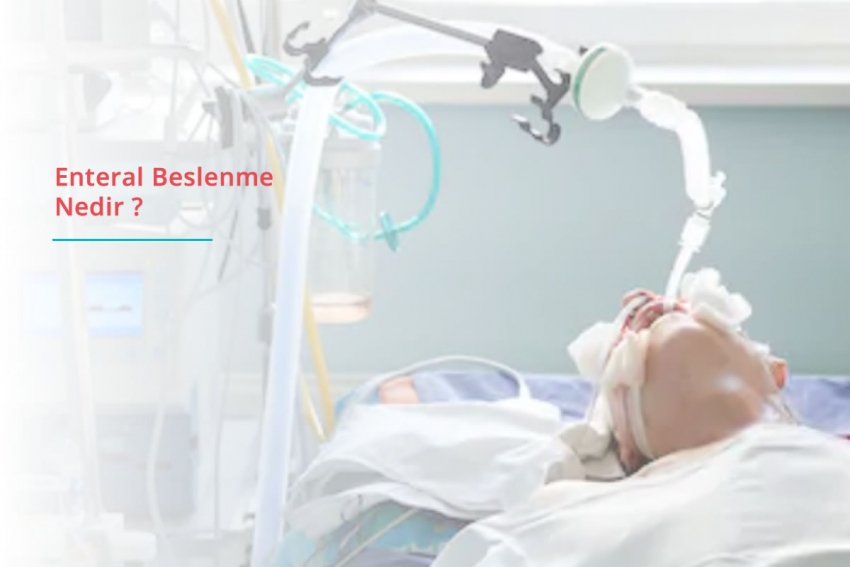A patient who has decreased appetite, difficulty in swallowing, or has undergone any operation that prevents eating, or a person with a chronic disease may not be able to meet their daily nutritional needs naturally. In this case, external nutritional support should be provided to the person. This method is called “enteral nutrition”.
- Patient's age
- Understanding disease
- Nutrition status
- Nutrition requirement
- Enteral nutrition route
- Status of the gastrointestinal tract
When to Consult a Doctor
Home tube feeding creates a new set of procedures and responsibilities for you and your family. It is natural to have questions or need help during the tube feeding process at home. Your doctor can help you answer questions such as:
- What to expect from the tube feeding experience and tube feeding options?
- Which equipment is needed and how should it be adjusted?
- How do you know when adequate nutrition is provided?
Contact your doctor for any questions you may have about tube feeding at home, such as your tolerance for tube feeding, any problems you encounter, or the formula you use. Your doctor and team will do their best to make your tube feeding experience at home as comfortable and problem-free as possible
When should you consult your doctor?
Contact your doctor if you have a problem with the functioning of your feeding tube or if there is a change in your health that worries you (such as fever or diarrhea). Some of these potential problems are:
- Clogging in the tube: The product does not flow smoothly from the tube, despite checking the tube for kinks or folds and washing it with water.
- Tube goes in or out more than 2.5 cm or falls out of place.
- Large amount of liquid is leaking from around the tube.
Changes that indicate infection, feeding intolerance, or other health problems:
- Signs of infection in the skin around the tube
- Red area
- Heat increase by touch
- Hardness to the touch
- Sensitivity
- Excessive discharge
- Bad smelling discharge
- Bloody or coffee-ground discharge from the tube
- A sudden increase or decrease in the amount of discharge from the tube
- Consistent nausea and/or vomiting
- 38 oC or higher fever
- Unusual and/or sudden weight loss or edema (1 kg change per day)
- Constipation: Inability to go to the toilet for two days or having difficulty going to the toilet
- Diarrhea: Four or more watery stools per day
- Swelling or tightness and stiffness in the stomach




